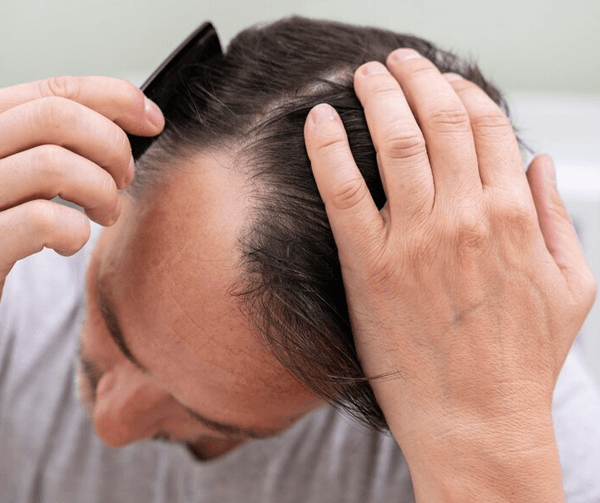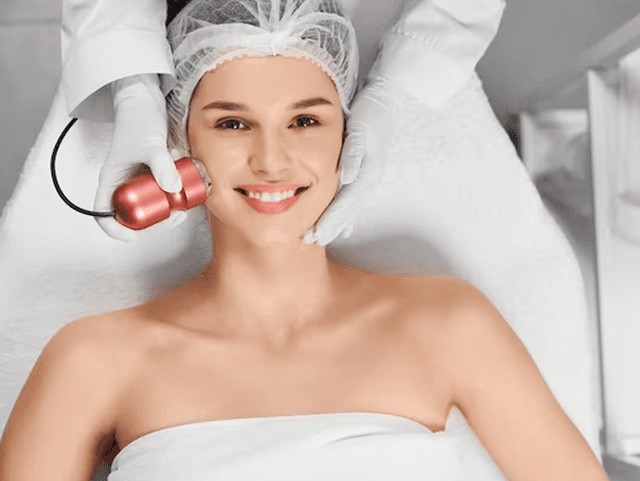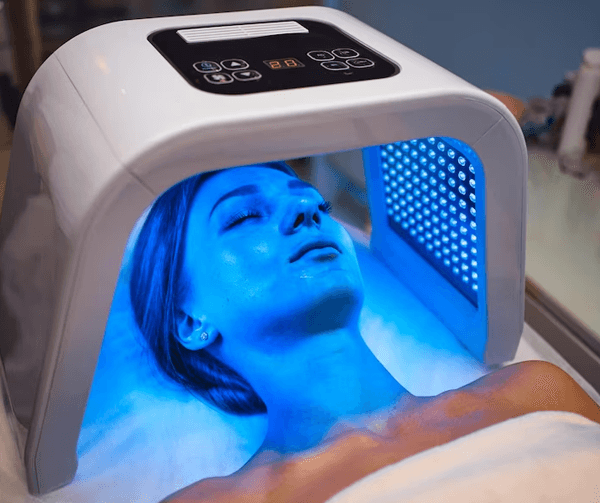In the previous part of this two part article, we looked at what radio frequency is and how it is being used to bring back a sense of youth to the face. In this article, we will continue to look at other aspects of the same:
The method of delivering radiofrequency is important and here are the two most commonly used ones:

- Monopolar – When the device being used for the procedure has only one pole or electrode, it is called a monopolar device. The electrical current produced through a single electrode tends to have the maximum resistance, particularly in the area where the tip of the device, touches the skin. In such devices, a grounding pad might be attached to the base of your back, to provide an uninterrupted power flow.
- Bipolar – As the name suggests, there are two poles or electrodes and the electrodes themselves help complete the circuit. There is no need for a grounding pad in these kinds of devices. Both the electrodes are on the same hand piece and it is the resistance to the flow of current is what generates the heat.
Anyone would want to know how many treatments it would take to see the results:
In most cases, the results are visible after the very first session, but most experts would suggest that you go in for 6 to 10 sessions. The number of sessions will also be dependent on the condition of your skin. Normally, more number of sessions will be required when there is severe skin laxity or the cellulite deposits are very deep in the skin. This is normally seen in people who are above 50 years of age.
There are actual benefits to getting a radio frequency face lift:
Here are some of the most obvious benefits of getting a radio frequency face lift:
- The procedure is completely non-invasive and there is no pain
- Since the procedure is non-invasive, there is no real recovery time
- The procedure normally does not take more than 30 to 40 minutes, for a session, which means that you can get the procedure done, during your lunch break
- No downtime means that you can go back to your regular routine immediately
- There are no side effects, apart from perhaps some redness, which tends to subside in a matter of hours
- The pulsed magnetic fields ensure that uniform heat is delivered to the varying depths of the skin, allowing the fat and cellulite to melt away
- The pulses also improve the circulation of blood, drainage of the lymph nodes and the natural production of collagen
- The results are almost immediate and visible and with continued treatments, the skin will only improve
Although the final results vary from person to person, based on factors such as age, medical conditions and the person’s lifestyle, in most cases, the results will last anywhere between 6 to 15 months. Better and prolonged results are most often seen in patients who are in their 30s, 40s or early 50s. For people who are in their 60s or 70s, more frequent sessions will be required to maintain the results.
Now, let’s move onto what actually happens in a radio frequency face lift procedure:
Before signing up for any medical or related procedure, it is absolutely important that you understand at the least, the basic steps of the process. This will ensure that you are well prepared and are aware of what will happen. It would also be prudent that you ask your doctor or skin care professional for all the details about the process and get all queries clarified, beforehand.
Most patients are asked to sign consent forms and are made aware of the possible problems, risks and side effects. Several photographs also might be taken, which will be used for the before and after comparison.
- On arriving, you will be asked to wash your face with a gentle soap and warm water, to ensure that there are no oils or any traces of makeup. Any residue of either could lead to a hampered treatment.
- A topical anaesthetic might be applied to numb your skin and relive you of any possible discomfort. The lotion or cream will be left for a few minutes, because normally it takes minimal time to take effect. The same will then be removed with an alcohol based cleanser.
- Given that the problem areas will have been demarcated in advance, your medical practitioner will transfer a grid like plan onto your face, which will actually make the work of the doctor easier and more precise. This will also ensure that there is no overlapping during the treatment procedure.
- If a monopolar device is being used, there will be a grounding pad that will be attached to the stomach or back, but the same will not be required for a bipolar device. The process will then be completed over the next few minutes.
- Once the procedure has been completed, a soothing gel or lotion will be applied to the treated areas.
Normally, there is a little bit of redness or swelling, immediately after the procedure and it will subside in a few hours. Some people might also feel a tingling sensation on their skin or sensitivity, and this too should fade away in a few hours. Eventually, your skin will start to feel tighter and with the usage of the prescribed lotions and creams, your skin should start feeling younger, in no time.
As with any procedure, there are a few possible risks and complications with a radio frequency face lift:
- There is a strong pulse of heat being used, and this could lead to a skin burn
- The level of tolerance of pain is different for each person, which means that it could be uncomfortable for some people
- There might be swelling and redness, in addition to bumps and blisters; but these should disappear in a matter of days
- There is also the possibility of fat atrophying, which could lead to a sunken feeling in the treated area
There are some people who are not ideal candidates for a radio frequency face lift:
- If you have any skin conditions or infections
- If you have any sensory disturbances on your skin
- If you are pregnant
- If you have any metal implants or electrical devices, such as pacemakers








